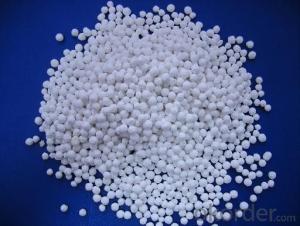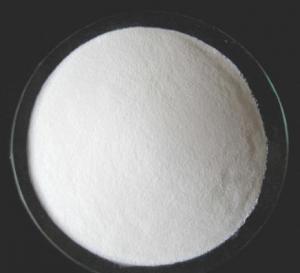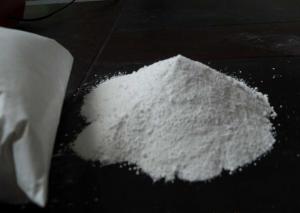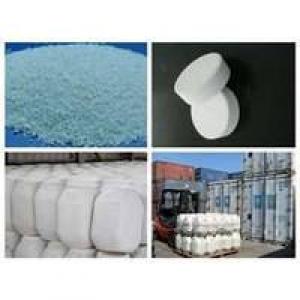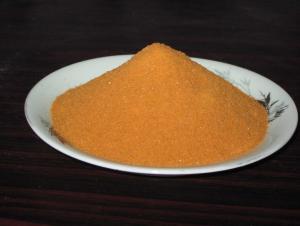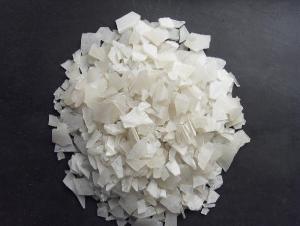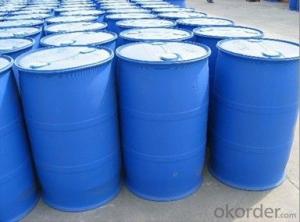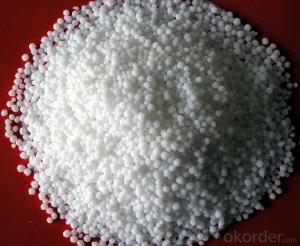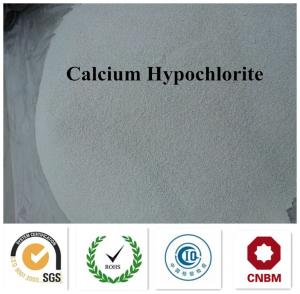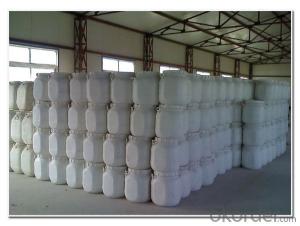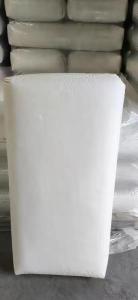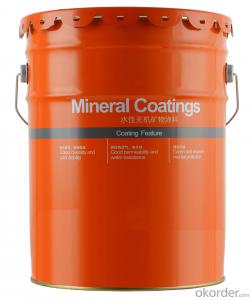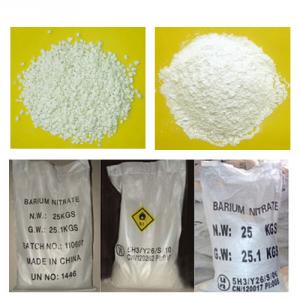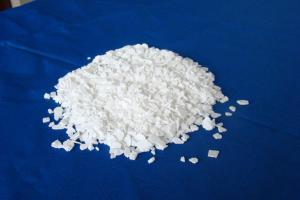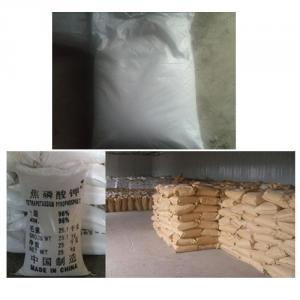Aluminium Sulphate for drinking water treatment
- Loading Port:
- Tianjin
- Payment Terms:
- TT OR LC
- Min Order Qty:
- 20 m.t.
- Supply Capability:
- 6000 m.t./month
OKorder Service Pledge
OKorder Financial Service
You Might Also Like
Aluminium Sulphate
Property:
It is white or grey flake,particle or massive crystallization.Apt to cake after moisture absorption when laid in air for a long time.A little green because of Fe2+ ,yellow when Fe2+ is oxided to Fe3+.Soluble in water easily,and water solution is acid.
Specification:
Item | Grande | ||
| Excellence | Grade A | Quality |
Apperance | White flake,lump,granular or powder | ||
Al2O3 % ≥ | 17.00 | 16.00 | 15.80 |
Fe % ≤ | 0.005 | 0.005 | 0.01 |
PH ≥ | 3.0 | 3.0 | 3.0 |
As % ≤ | 0.0005 | 0.0005 | 0.0005 |
Water Insoluble % ≤ | 0.1 | 0.2 | 0.3 |
Packing | PP/PE,50KG or 25KG/BAG | ||
Applications:
Water effluent treatment system It's used for purification of drinking water and wastewater treatment by settling of impurities by means of precipitation and flocculation.
Paper Industry It helps in sizing of paper at neutral and alkaline pH, thus improving paper quality (reducing spots and holes and improving sheet formation and strength) and sizing efficiency.
Textile Industry It is used for color fixing in Naphthol based dyes for cotton fabric.
Other Uses Leather tanning, lubricating compositions, fire retardants; decolorizing agent in petroleum, deodorizer; food additive; firming agent; dyeing mordant; foaming agent in firefighting foams; fireproofing cloth; catalyst; pH control; waterproofing concrete; aluminum compounds, zeolites etc.
Product Name:Aluminium sulfate
Molecular Formula:AL2(SO4)3
Hs Code: 2833220000
CAS Code:10043-01-3
Standard:HG2225-2010
Shape:flake, powder, 2-4cm lump and 2-5mm/3-8mm granular
Properties:There are two types,anhydrous aluminium sulfate and aluminium sulfate octadecahydrate. In normal condition , it is AL2(SO4)3·18H2O; AL2(SO4)3·14H2O after efflorescence, can be white powder , glittering flaky or crystalline flakes, odorless, sweet to slight bitter.
Use:Sewage Treatment, treatment of drinking water, Sizing of paper , Cement Additive.
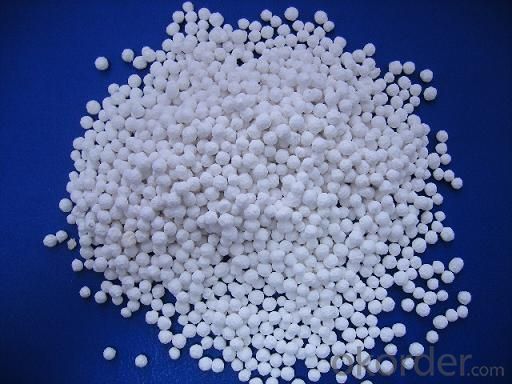
- Q:Please help i need the answer for a classwork assignment due today. I've looked everywhere online but i cant find the answer.
- the web page (below) discusses: Basal Salt Mixtures The use of balanced salt solution (BSS) in cell and tissue culture is generally attributed to early workers in the field. In 1885, Sydney Ringer developed a solution of inorganic salts designed to maintain contractility of mammalian heart tissue. A less specific salt solution was designed by Tyrode for use in work with primary mammalian cells. Tyrode's salt solution became the accepted fluid for diluting protein components of media of natural origin. Since that time, many other balanced salt solutions have been developed for use in cell and tissue culture. The current role of balanced salt solution in cell culture is multi-faceted and can be divided into four principle functions. see web page for extensive discussion on the good things about it
- Q:What foods contain inorganic salts?
- Most of the food contains inorganic salts, the so-called inorganic salts, also known as minerals or ash. Minerals are naturally occurring compounds or natural elements in the crust. There are about 50 kinds of minerals in the human body, although they in the human body only 4% of body weight, but it is an essential part of the organism. Kelp, jellyfish, seaweed, moss; bones, soy products, lean meat, animal liver, brown rice and so on.
- Q:The lack of three major inorganic salts can cause symptoms in the plant
- Nitrogen: to promote cell division and growth, so that leaves grow lush. Lack of performance: plant thin and thin, leaves yellow, severe leaves were light brown.
- Q:Why does inorganic salts affect chemical degradation of organic wastewater
- Industrial organic waste water is highly toxic and stable pollutants, for such waste water is difficult to use conventional physical, chemical and biological methods. This paper summarizes the main processing technologies of biodegradable organic wastewater at home and abroad, including biological treatment, chemical treatment and physical treatment and various joint treatment processes. The methods or processes of various methods or processes are described.
- Q:How to get an inorganic salt
- Inorganic salts are salts of inorganic compounds, formerly known as minerals. Plant growth needs N, P, K three elements and Ca, Zn, B, Mg, S, Fe and other trace elements. Depending on the type and amount of inorganic salts required for plant life, the water and various proportions of inorganic salts are scientifically formulated into plant nutrient solutions. The method of cultivating plants with plant nutrient solution is called soilless cultivation. The inorganic salts used to prepare the nutrient solution are generally not available for extraction, such as potassium nitrate, calcium nitrate, magnesium sulfate, potassium dihydrogen phosphate, copper sulfate, zinc sulfate and the like, and the reagent may be a chemical fertilizer. The purity of the reagent is high and the impurities of the fertilizer are more. If you can not get it, you can use soil leaching solution (fertile soil plus fresh water, the liquid obtained after filtration), which generally contains a variety of inorganic salts.
- Q:How does inorganic salts maintain osmotic pressure and pH
- Osmotic pressure to the concentration of inorganic salts affect the distribution of water molecules inside and outside the cell ~ to adjust the osmotic pressure, when the extracellular fluid concentration is greater than the intracellular fluid when the performance of water loss, otherwise the water.
- Q:The difference between the ignition of inorganic salts and organic matter
- Will the ignition of inorganic matter and the ignition of organic matter, thank you
- Q:What is inorganic salt
- Inorganic salts are important for the structure of tissues and cells. Hard tissues such as bones and teeth are mostly composed of calcium, phosphorus and magnesium, and soft tissue contains more potassium. The inorganic salt ions in the body fluid regulate the permeability of the cell membrane, control the water, maintain normal osmotic pressure and acid-base balance, and help transport the general element to the body, participate in nerve activity and muscle contraction. Some are inorganic or organic compounds that are involved in many important physiologic functions, which are constituents of enzymes that make up enzymes, hormones, vitamins, proteins and nucleic acids, or as activators of various enzyme systems. For example: to maintain the heart and brain activity, to help the formation of antibodies, play a useful role in the human body.
- Q:After running the training is best to drink what drinks add inorganic salt
- You say drink, personally feel good luck!
- Q:Several inorganic salts are lacking in symptoms and food sources
- Ingredients of zinc-containing inorganic salts (trace): animal liver (viscera), fruit, peanuts, etc.
1. Manufacturer Overview |
|
|---|---|
| Location | |
| Year Established | |
| Annual Output Value | |
| Main Markets | |
| Company Certifications | |
2. Manufacturer Certificates |
|
|---|---|
| a) Certification Name | |
| Range | |
| Reference | |
| Validity Period | |
3. Manufacturer Capability |
|
|---|---|
| a)Trade Capacity | |
| Nearest Port | |
| Export Percentage | |
| No.of Employees in Trade Department | |
| Language Spoken: | |
| b)Factory Information | |
| Factory Size: | |
| No. of Production Lines | |
| Contract Manufacturing | |
| Product Price Range | |
Send your message to us
Aluminium Sulphate for drinking water treatment
- Loading Port:
- Tianjin
- Payment Terms:
- TT OR LC
- Min Order Qty:
- 20 m.t.
- Supply Capability:
- 6000 m.t./month
OKorder Service Pledge
OKorder Financial Service
Similar products
New products
Hot products
Hot Searches
Related keywords
